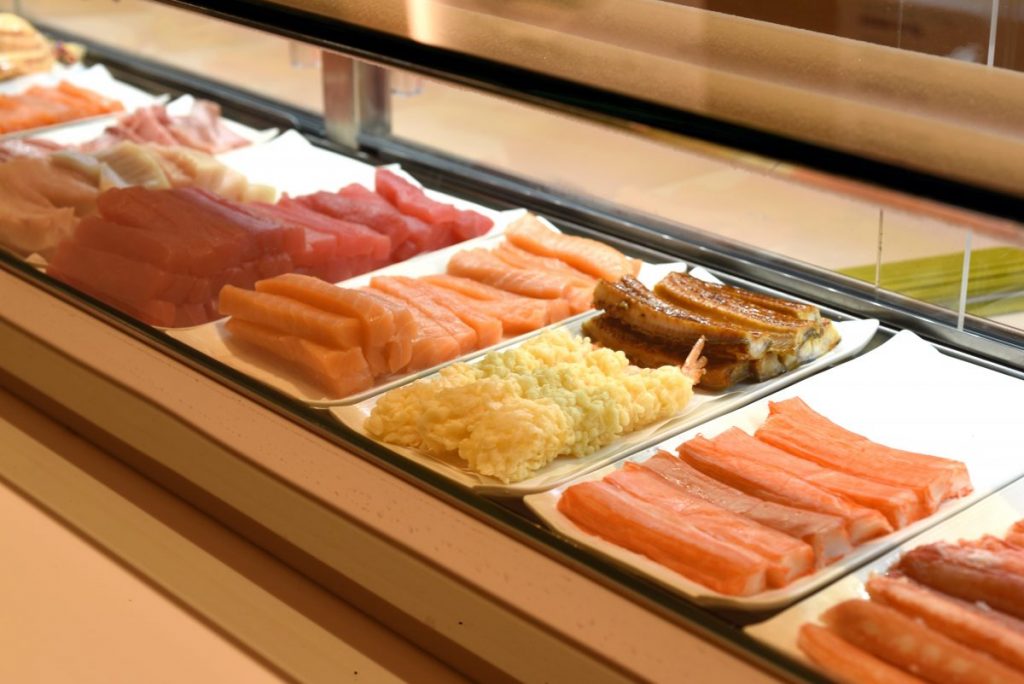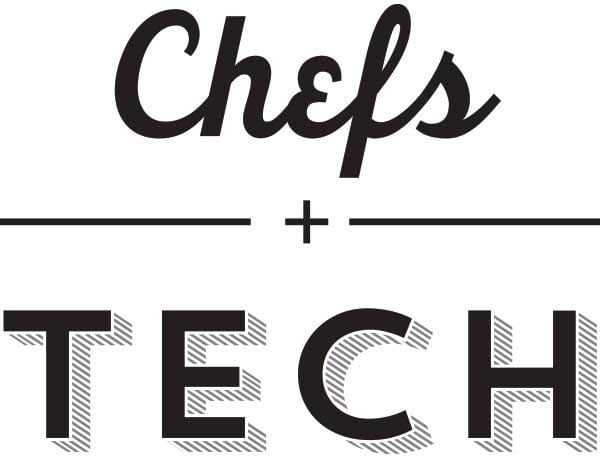Chefs+Tech: Elements of Fine Dining Creep into Fast-Casual

Skift Take
 Editor's Note: In September we announced that Skift was expanding into food and drink with the addition of the Chefs+Tech newsletter.
Editor's Note: In September we announced that Skift was expanding into food and drink with the addition of the Chefs+Tech newsletter.
We see this as a natural expansion of the Skift umbrella, bringing the big-picture view on the future of dining out, being fanatically focused on the guest experience, and at the intersection of marketing and tech.
We publish C+T twice weekly.
Elements of Fine Dining Creep into Fast-Casual
The concept of fast-casual is hard to define absolutely, though there are plenty of signifiers: fresh ingredients, operational flow, menu offerings and price, and the availability of alcohol are all high on the list. But as competition increases (there are nearly 24,000 fast-casual restaurants in the U.S., according to NPD Group’s fall 2016 Restaurant ReCount, and as they work to differentiate themselves, they’re taking cues from fine dining, interpreting elements of pricier restaurants into their service.
Wine lists, for one, are becoming increasingly important at fast-casual locations, with some even producing private labels to offer at their locations. At New York’s MakiMaki, which opened in June, owner Kevin Takarada sells sushi rolls made fresh right in front of guests — with prices starting at $4. "There is a very specific problem for sushi bars: a lack of qualified, highly trained sushi chefs,” Takarada tells Chefs+Tech. “This very issue informed my novel concept for an elevated fast-casual sushi restaurant, a concept that eliminates the complexity and difficulties of the high end sushi bar, instead focusing on what consumers really want: great sushi rolls." And at what is certainly New York’s most publicized fast-casual opening, Made Nice, hints of famous dishes from its sister fine-dining restaurants made it onto the menu — chicken from NoMad, and pork confit from Eleven Madison Park, as Pete Wells noted in his New York Times review.
The goal, it seems, is to offer an elevated experience akin to what you’d expect at much pricier locations — certainly a trend we’ve seen executed to exhaustion (fashion designers for Target, anyone?). But that doesn’t mean that patrons of these restaurants don’t enjoy the touches. Well, Pete Wells wasn’t too keen on Made Nice. Eater’s Ryan Sutton wasn’t either, TBH.
Fast food is elevating itself, quickly encroaching on the fast-casual space. Recent studies say that full-service restaurants are becoming less popular. Fast-casual currently exists in an industry sweet spot and it makes sense that restaurateurs are throwing everything they have into attracting and maintaining a loyal following.
Well-Designed Restaurants Don't Happen by Accident
A good vibe, reasonable noise level, space between tables, good flow, appropriate lighting, the right dishware and a whole lot more… a successful restaurant must think well beyond the food coming out of the kitchen to attract guests. Bloomberg’s Kate Krader has a great interview with David Rockwell, the designer behind spaces from the new Union Square Cafe to JFK airport’s Terminal 5 marketplace. In it, he reveals the small design details that can take a restaurant from good to great.
For example: Well-designed restaurants avoid dead zones (also called “Siberia”), those places where a diner feels stuck or pushed out of the way. “Create as many corner booths as possible,” says Rockwell, which essentially means making sure anyone would want to hang out in any part of the restaurant, including back corners. (At one New York spot, he installed a seafood display in the back of the restaurant.)
In a similarly timed appearance on CBS This Morning, restaurateur Danny Meyer shared a few of his own thoughts, most notably, “The table is always going to be ever-so-slightly wider than it is deep. It drives me crazy when I go to a restaurant and the person I came with is further away from me than the two people on either side of me with whom I didn’t come.” Yes, yes. Thank you. Also important to note here, as one of my savvy chef friends tells me, the longer-than-wider tables are a way to fit more people into a smaller space, so he’s potentially giving up money in the form of more covers. But, it's totally possible that a comfortable guest is a lingering guest is a guest who spends more money. It’s also a perfect example of good design equaling good hospitality; the two are closely linked.
Regardless, there’s a lot going on behind the scenes, and plenty of cues smaller restaurants can take from the larger ones that have a larger budget for these sorts of things, presumably. Be careful of trends, though. According to Rockwell, “Just labeling something a trend means it’s already over.”
Alt-Restaurants: So Hot Right Now
Meal kits are dominating, millennials are killing everything, and traditional restaurants are dead — augh! Enough with the alarmist headlines, but I am down to embrace the fact that the general dining public, from millennials to gen X to boomers to whoever else you want to categorize in a bucket is interested in new experiences. Food & Wine takes a look at “alternative restaurants” in a recent feature, from pop-up dinners to secret supper clubs put on by chefs who want to curate events instead of serve the traditional diner in a restaurant.
Sure, “curated events” is about as buzzy as it gets, but it’s not that the interest in them is brand new, it’s just that the ease of communicating about events like underground dinners has gotten far easier thanks to the internet. Throw in a cheeky name and an Instagrammable entrance or main course and you have yourself a viral event. Events like these are also great for chefs looking to get started or make a name for themselves, or even test out new recipes.
San Francisco’s Lazy Bear, one of my favorite restaurants, started as a series of pop-up dinners in a borrowed space, and eventually moved into its own location, incorporating elements of the dinner party-style pop-up. The meal starts with passed hors d’oeuvres in a separate, upstairs space; guests are invited into the kitchen during the meal (though now kept a reasonable distance from the actual kitchen operation). The potential downside here is that once these secret dinner parties really gain traction, they’ll likely be subject to the same rules, regulations, and taxes as a traditional restaurant, which could squelch the fun for a bit. Still, savvy restaurateurs see the trend and will continue to incorporate elements of renegade dining into their programs.
Digestifs
- Tom Colicchio spent nearly $100,000 to rename his New York restaurant after discovering historically racist connotations — New York Times
- Meanwhile, in D.C., a bar/restaurant called Washington Redskins Burgundy and Gold Club opened in Dulles airport — Eater D.C.
- Hyatt Centric hotels expands its Grubhub partnership so guests can order room service from local restaurants —Hyatt
- Would you order sushi from Starbucks? — Food & Wine




